Mercedes CLS Shooting Brake
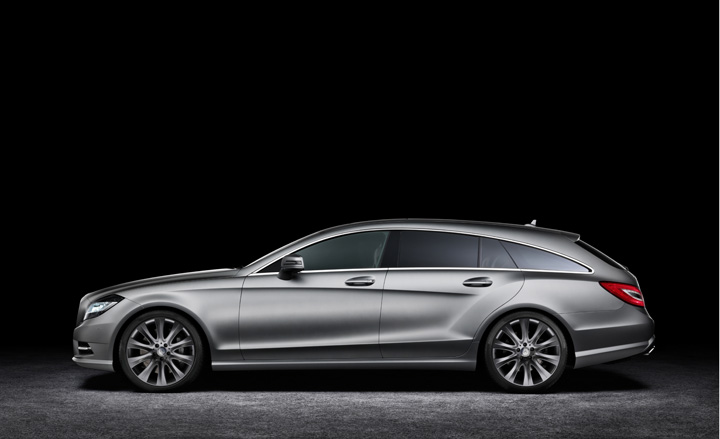
When Mercedes introduced the original CLS in 2004 it created a new market niche: the four-door coupe. Stylish but practical cars, lower and more rakish than their traditional saloon-shaped siblings, the CLS and its rivals were pitched at those who craved sports car-like style but needed four door practicality.
Car-makers are masters of niche marketing, and Mercedes recently upped the ante by introducing the CLS Shooting Brake, essentially a long, low estate car designed to make its rivals look square. We recently sampled the new Shooting Brake alongside its in-house rival, the E-Class estate - in new E300 Hybrid form.
On the face of it, each car is as dramatically different as it's possible to be while using a similar platform. The latter, especially in this very high-tech hybrid version, is more upright and conventional, with angular, faceted styling that represents a rather little-travelled and apparently abandoned design path for the brand (the revised 'E', due this Spring, sheds the distinguishing headlights, amongst other things).
In contrast, the CLS sits low, with a huge rear overhang to accommodate the swooping roofline. 'Shooting Brake' is an archaic but evocative term and Mercedes are lucky to get the rights to it, given its burgeoning popularity in recent years. Traditionally ascribed to vehicles designed specifically to accommodate hunting parties, it became synonymous with smallish estate cars - particularly two-door versions - with many coachbuilders creating bespoke shooting brake variants of classic sports cars like Aston Martin, Jaguar and even Ferrari.
In recent years the name has become attached to estate cars with a hint of sportiness, and Mercedes' official adoption of the term cements this definition. Jaguar's rival Sportbrake is a shooting brake in all but name; Mercedes got there first.
The CLS feels naturally more planted and aggressive than its sibling. You sit lower, with a narrower glasshouse, a sense of being cocooned within the car, even though both machines are very similar in terms of size. This particular E-Class was festooned with kit, most notably Mercedes' Distronic cruise control, a system of radar and alerts that latches on to the car in front and matches its speed, giving the wheel a spooky shimmer when one ventures over the white line in the middle of the road and generally giving the all-round feeling of having a helping hand in your progress. By contrast, the CLS - in this particular engine and trim level - feels far more sporting.
In truth, you can bake your Mercedes any way you like. If the E's practicality outweighs the CLS's style - the old-fashioned 7-seat option is still available - but you're still hankering after outright performance, then the E63 AMG model will slay all comers. Likewise, there are CLS models with more modest levels of performance if you care only for the looks, while the most outrageous combination of both is the CLS AMG. As a best of both worlds, the CLS250 Shooting Brake isn't quite perfect, but it's not far off being a car for all seasons.

Its rakish front echoes that of the CLS saloon
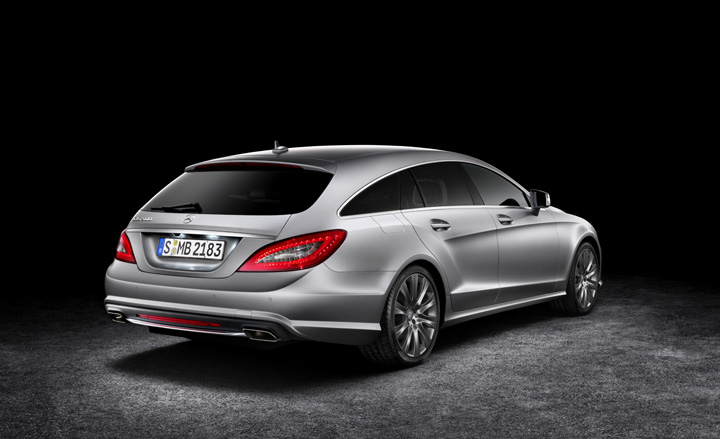
The long rear contains a surprisingly capacious boot
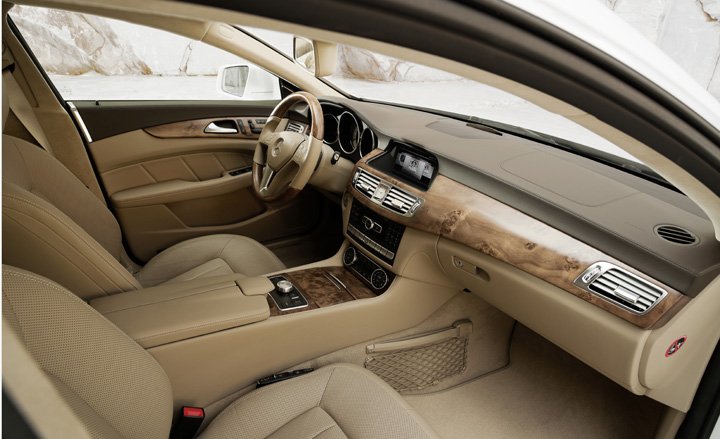
The Shooting Brake's interior mixes high-quality materials with simple, direct controls

The wood-finished loading bay is an elegant option

The traditional E-Class estate is a more sober alternative
Receive our daily digest of inspiration, escapism and design stories from around the world direct to your inbox.
Jonathan Bell has written for Wallpaper* magazine since 1999, covering everything from architecture and transport design to books, tech and graphic design. He is now the magazine’s Transport and Technology Editor. Jonathan has written and edited 15 books, including Concept Car Design, 21st Century House, and The New Modern House. He is also the host of Wallpaper’s first podcast.
-
 A compact Scottish home is a 'sunny place,' nestled into its thriving orchard setting
A compact Scottish home is a 'sunny place,' nestled into its thriving orchard settingGrianan (Gaelic for 'sunny place') is a single-storey Scottish home by Cameron Webster Architects set in rural Stirlingshire
-
 7 colours that will define 2026, from rich gold to glacier blue
7 colours that will define 2026, from rich gold to glacier blueThese moody hues, versatile neutrals and vivid shades will shape the new year, according to trend forecasters
-
 In Norway, discover 1000 years of Queer expression in Islamic Art
In Norway, discover 1000 years of Queer expression in Islamic Art'Deviant Ornaments' at the National Museum of Norway examines the far-reaching history of Queer art
-
 Gorden Wagener leaves the helm of Mercedes-Benz design after 28 years with the company
Gorden Wagener leaves the helm of Mercedes-Benz design after 28 years with the companyThe German designer is stepping down from the role of chief design officer at Mercedes-Benz. We look back at his influence and impact on the world of automotive and luxury design
-
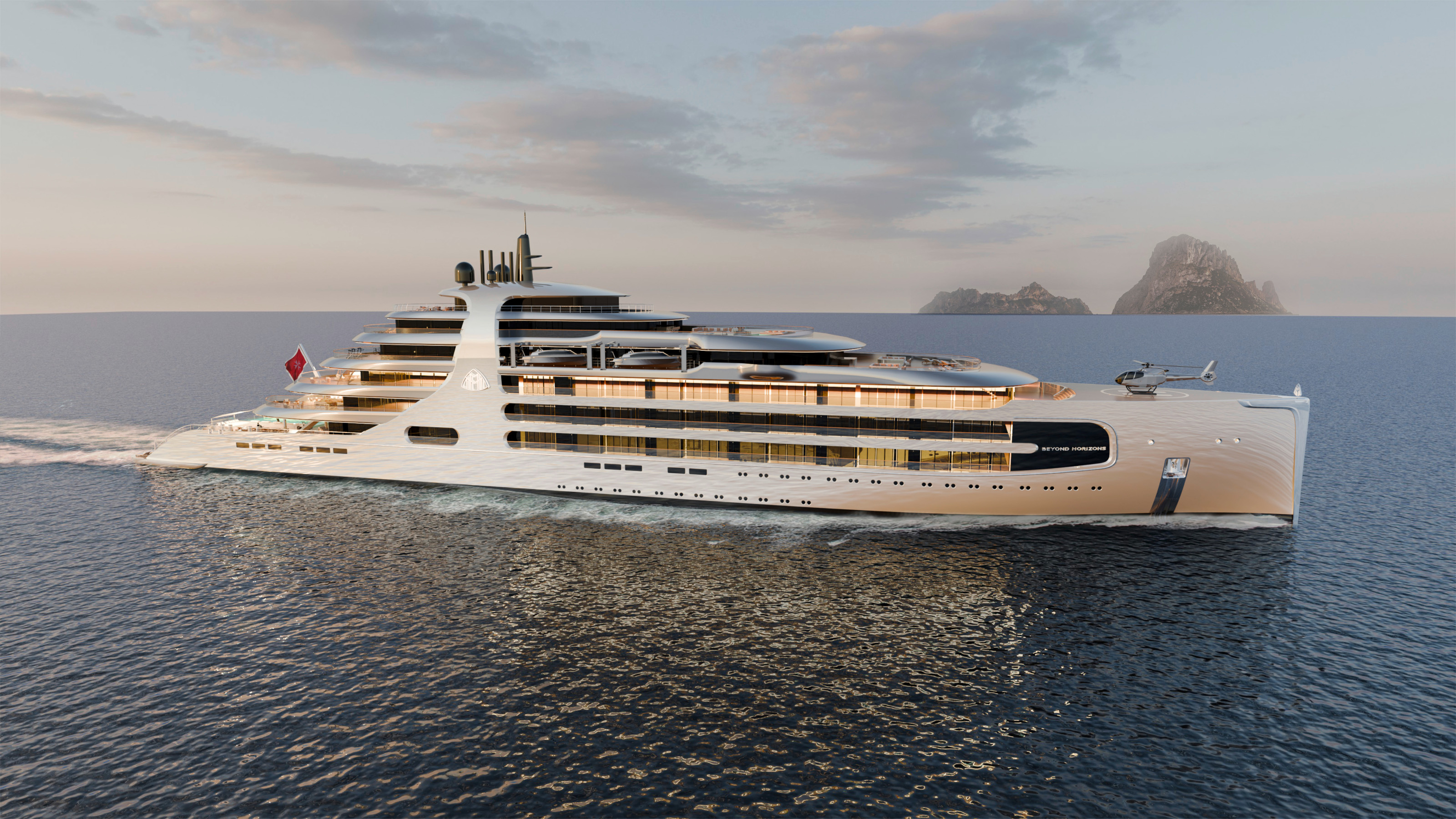 The Maybach Ocean Club is a floating members’ club for the super-rich
The Maybach Ocean Club is a floating members’ club for the super-richMercedes-Benz Design has announced the upcoming Maybach Ocean Club, a ship-based enclave inspired by automotive luxury
-
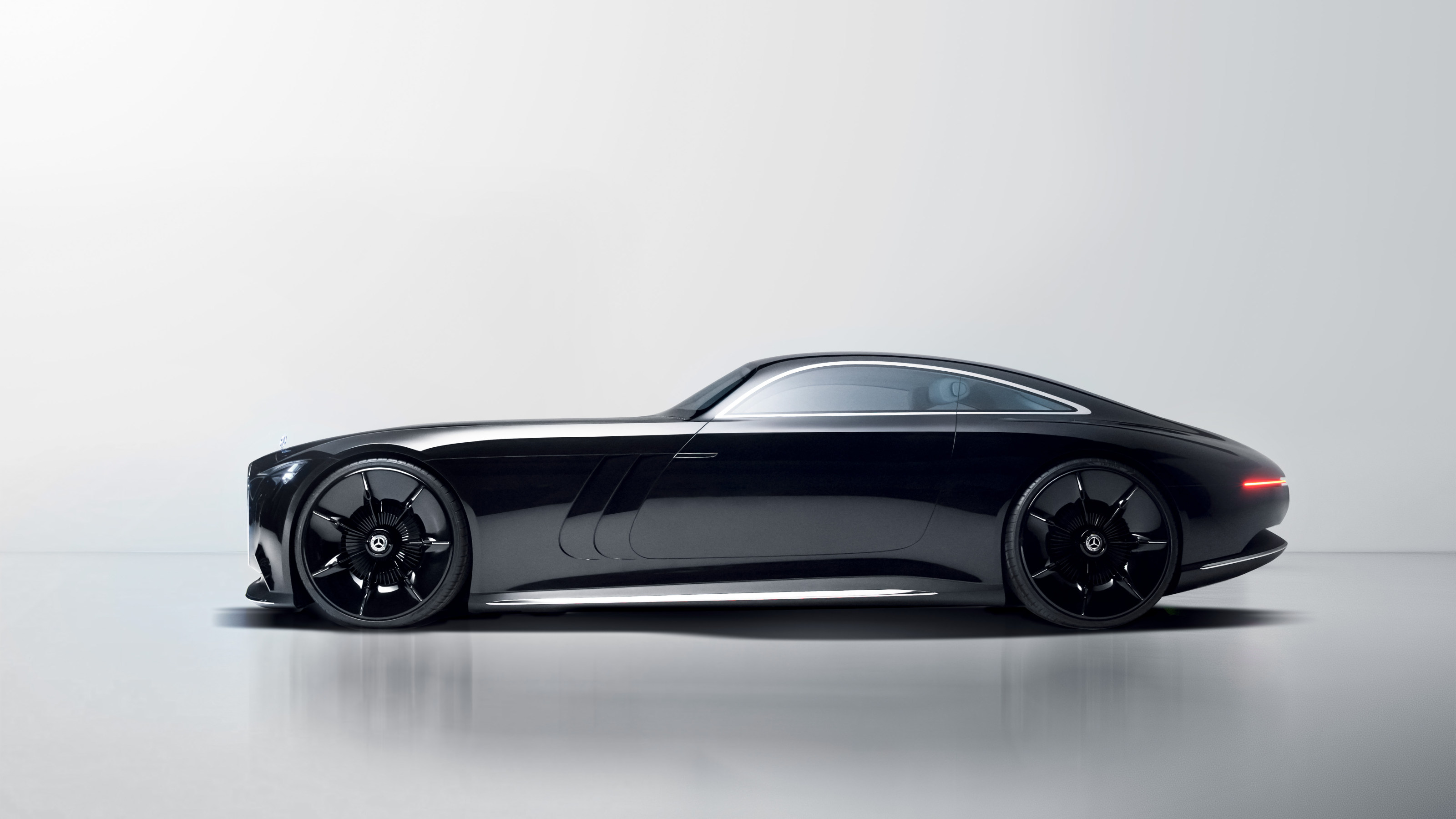 The Mercedes-Benz Vision Iconic is automotive haute couture, a concept with cinematic style
The Mercedes-Benz Vision Iconic is automotive haute couture, a concept with cinematic styleThe Vision Iconic concept makes a play for a new approach to future luxury, blending art-deco excess with neo-gothic trimmings and monumental scale
-
 All the new electric cars and concepts revealed at Munich’s IAA Mobility 2025
All the new electric cars and concepts revealed at Munich’s IAA Mobility 2025Munich’s alternative motorshow is now in its third iteration, combining a traditional exhibition space with a conference and large-scale public activations on the streets of the city
-
 How will future car interiors take shape? London studio NewTerritory has a vision for automotive design
How will future car interiors take shape? London studio NewTerritory has a vision for automotive designDesign studio NewTerritory has set up a new automotive division to explore the future of car interiors. We interrogate the team
-
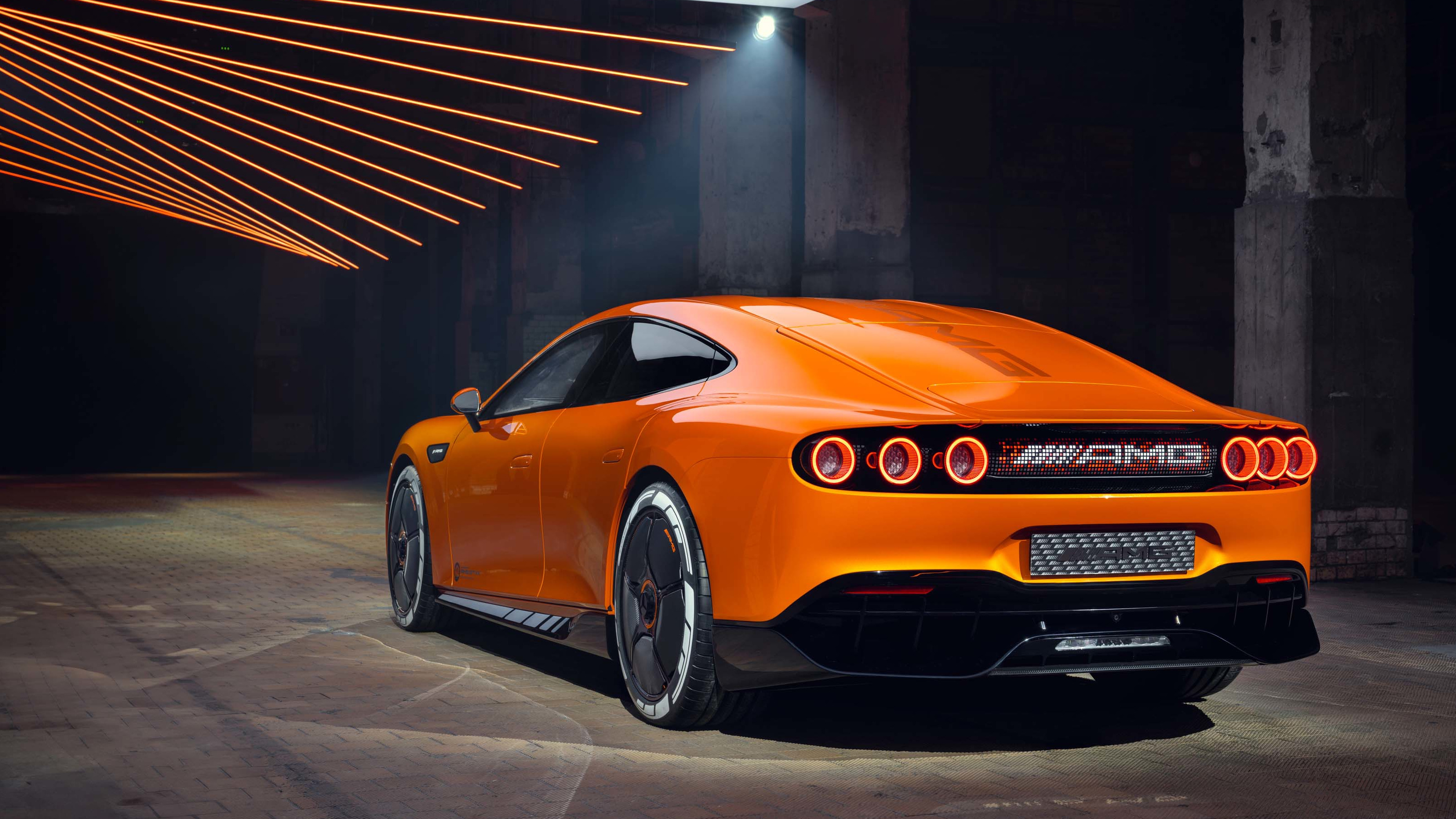 A mighty concept coupé from Mercedes-AMG rewrites the electric performance car rulebook
A mighty concept coupé from Mercedes-AMG rewrites the electric performance car rulebookThe Mercedes-AMG Concept AMG GT XX is a four-door coupé that explores new approaches to battery tech, brake cooling and aerodynamics. As a sign of things to come, it can’t be ignored
-
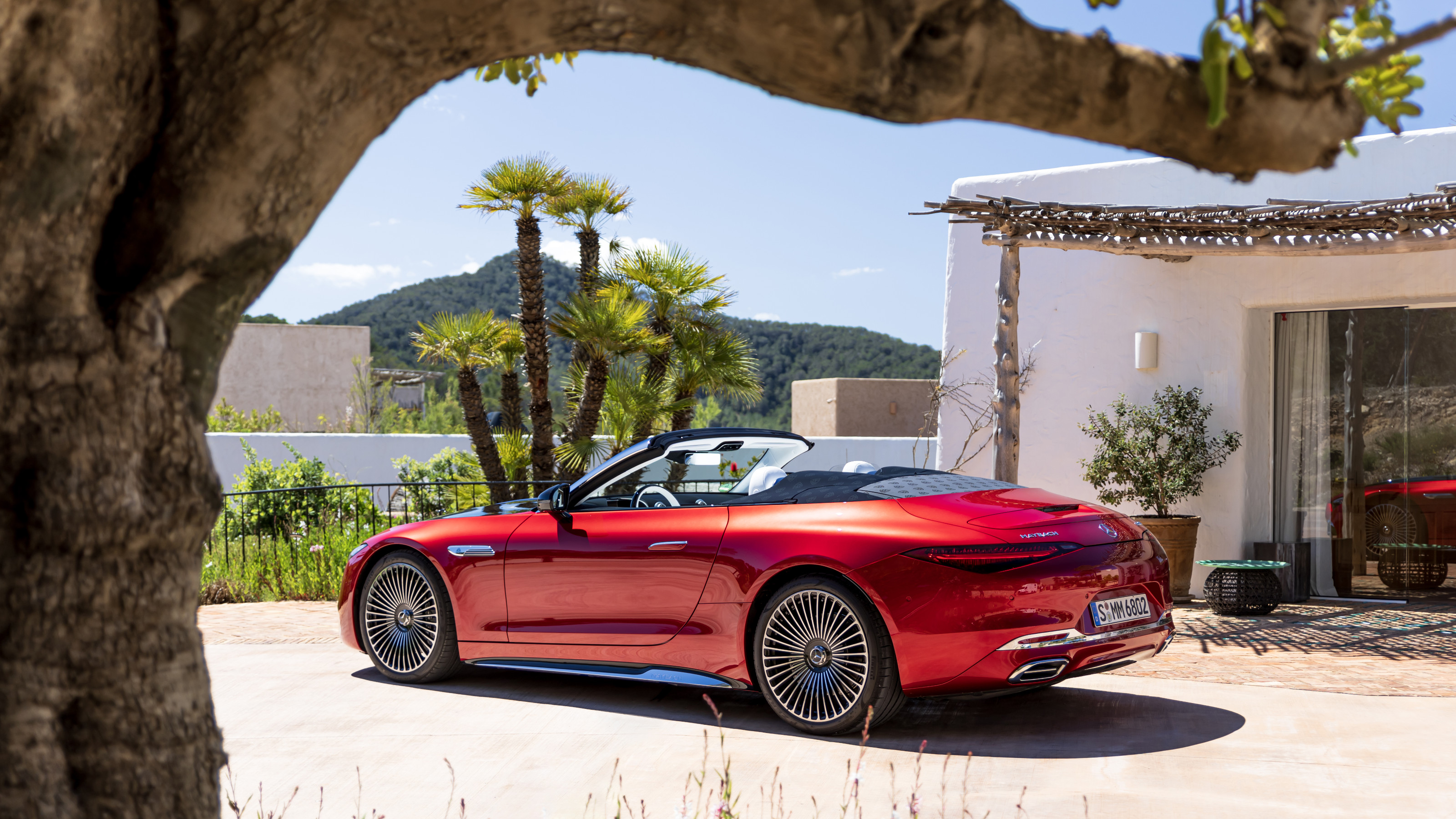 The Mercedes-Maybach SL 680 Monogram Series is an eyeful as well as a mouthful
The Mercedes-Maybach SL 680 Monogram Series is an eyeful as well as a mouthfulMercedes-Maybach’s first-ever sports car is comprehensively ‘wallpapered’ in the brand’s double-M design. We sampled this monogrammed machine on the coast of Ibiza
-
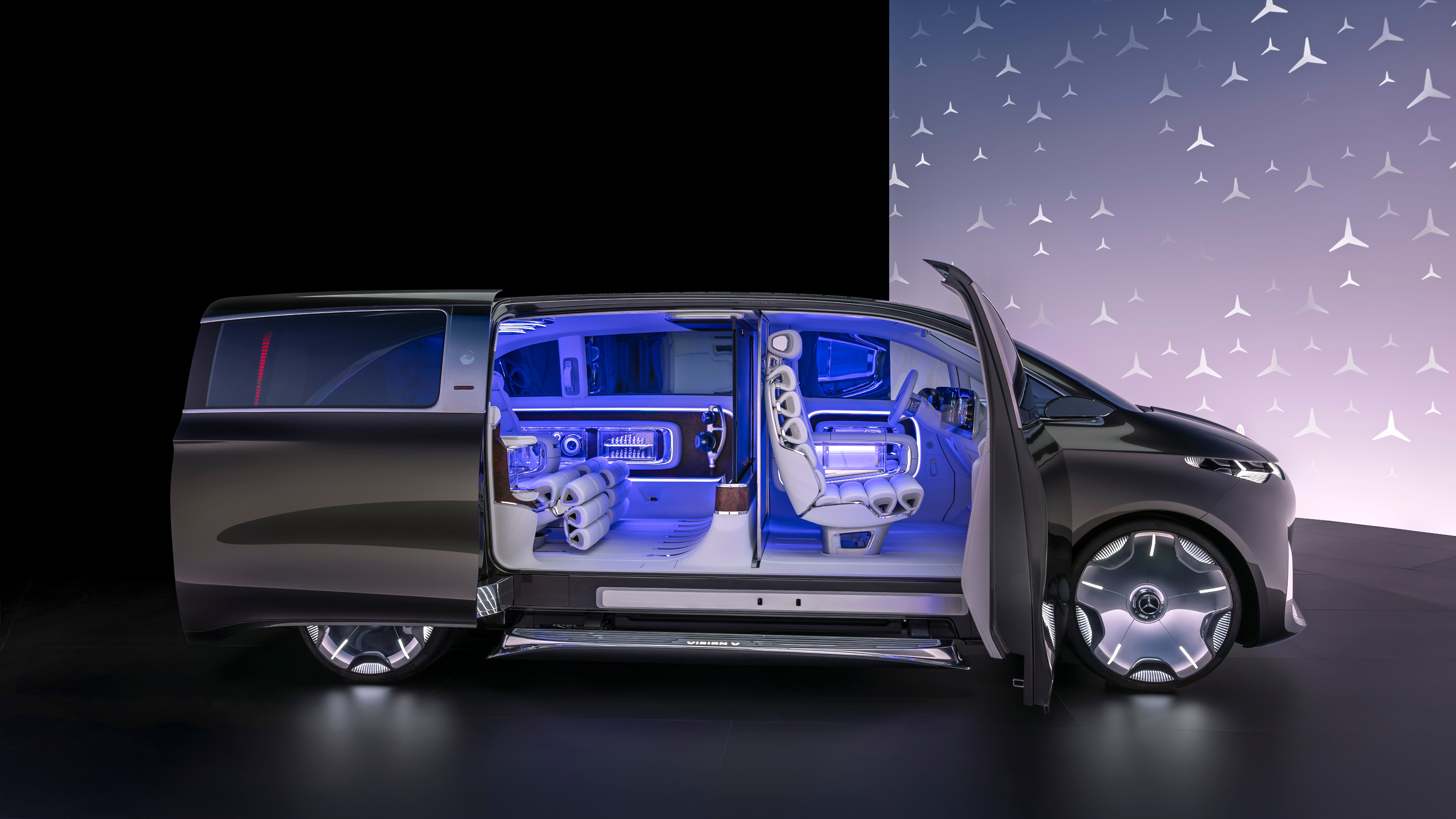 Mercedes-Benz previews its next-gen people mover with an ultra-luxury EV concept
Mercedes-Benz previews its next-gen people mover with an ultra-luxury EV conceptThe Mercedes-Benz Vision V Concept is an art deco picture palace on wheels, designed to immerse passengers in parallel worlds as they travel